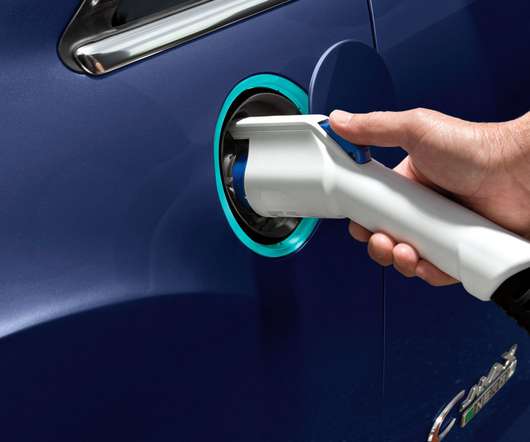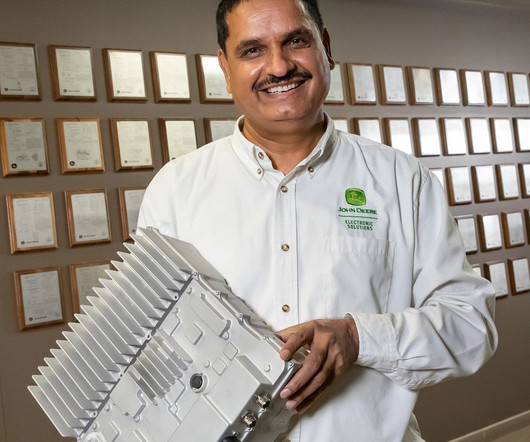California 2017 GHG inventory shows 1.2% total drop from 2016; transportation sector emissions up 1%
Green Car Congress
AUGUST 14, 2019
The California Air Resources Board’s latest state inventory of greenhouse gas emissions shows that California’s GHG emissions continue to decrease. Changes in emissions by Scoping Plan sector between 2000 and 2017. Emissions from gasoline used in on-road vehicles are the main driver of that increase. Source: ARB. Source: ARB.



























Let's personalize your content